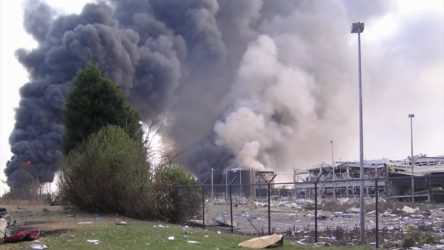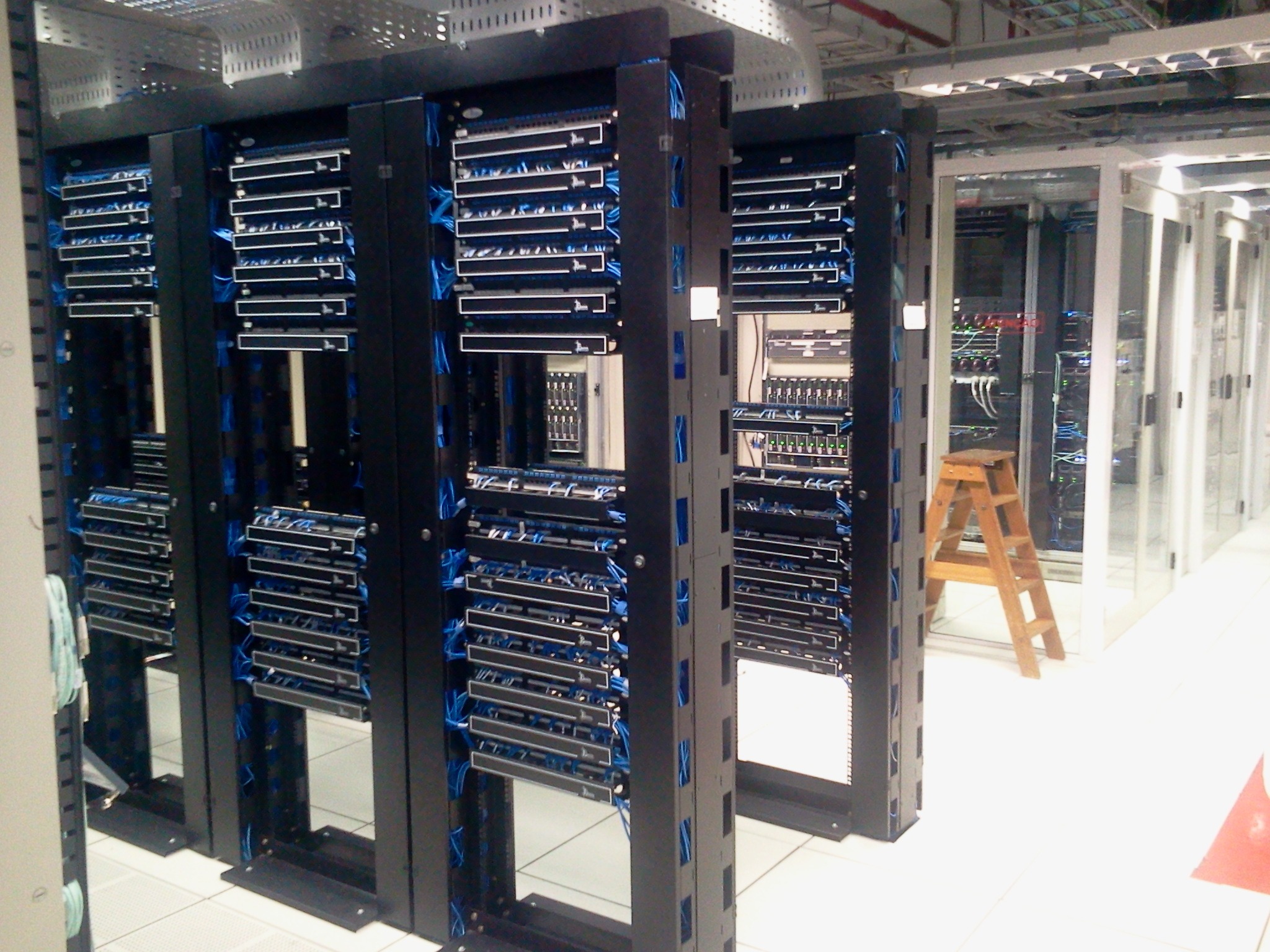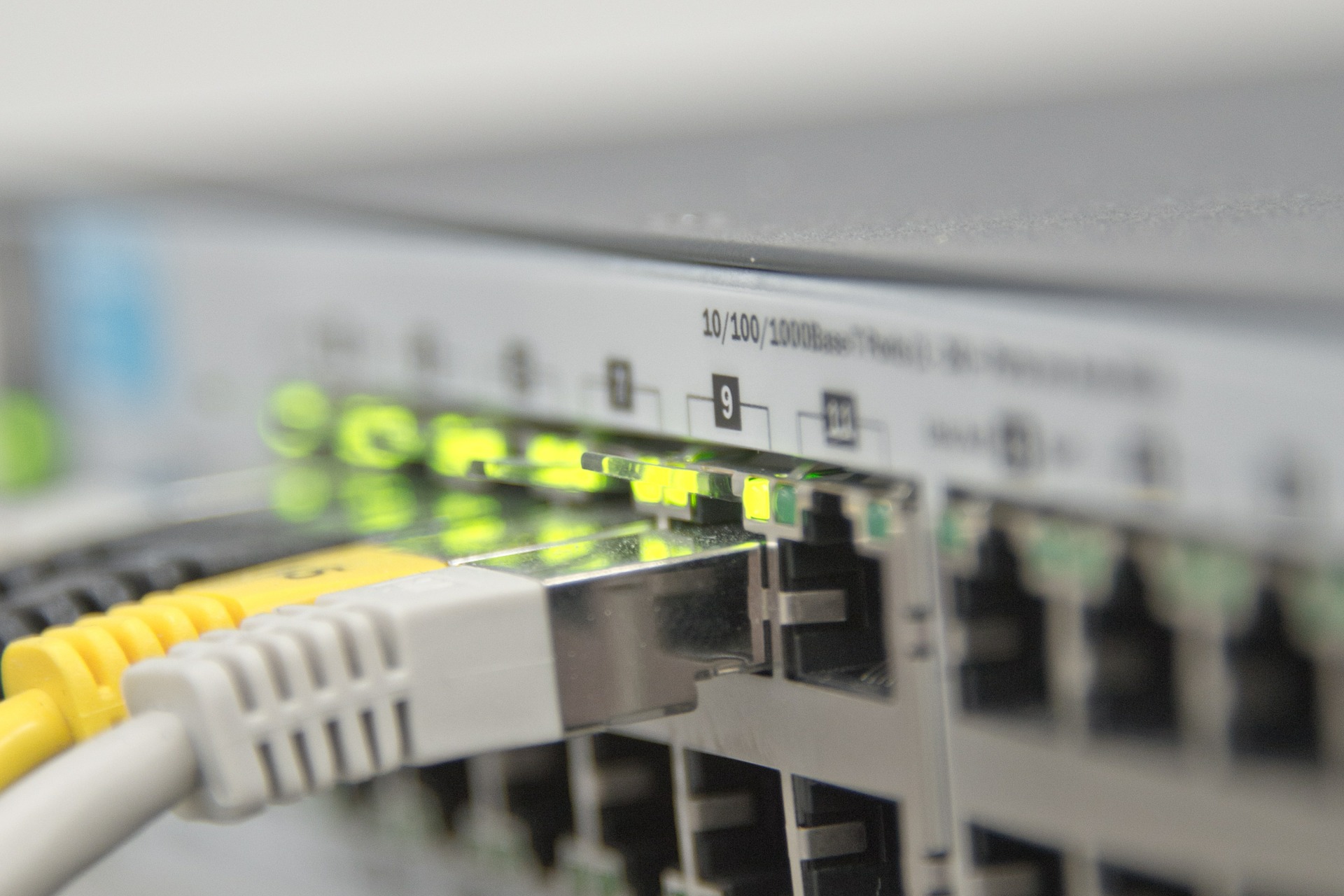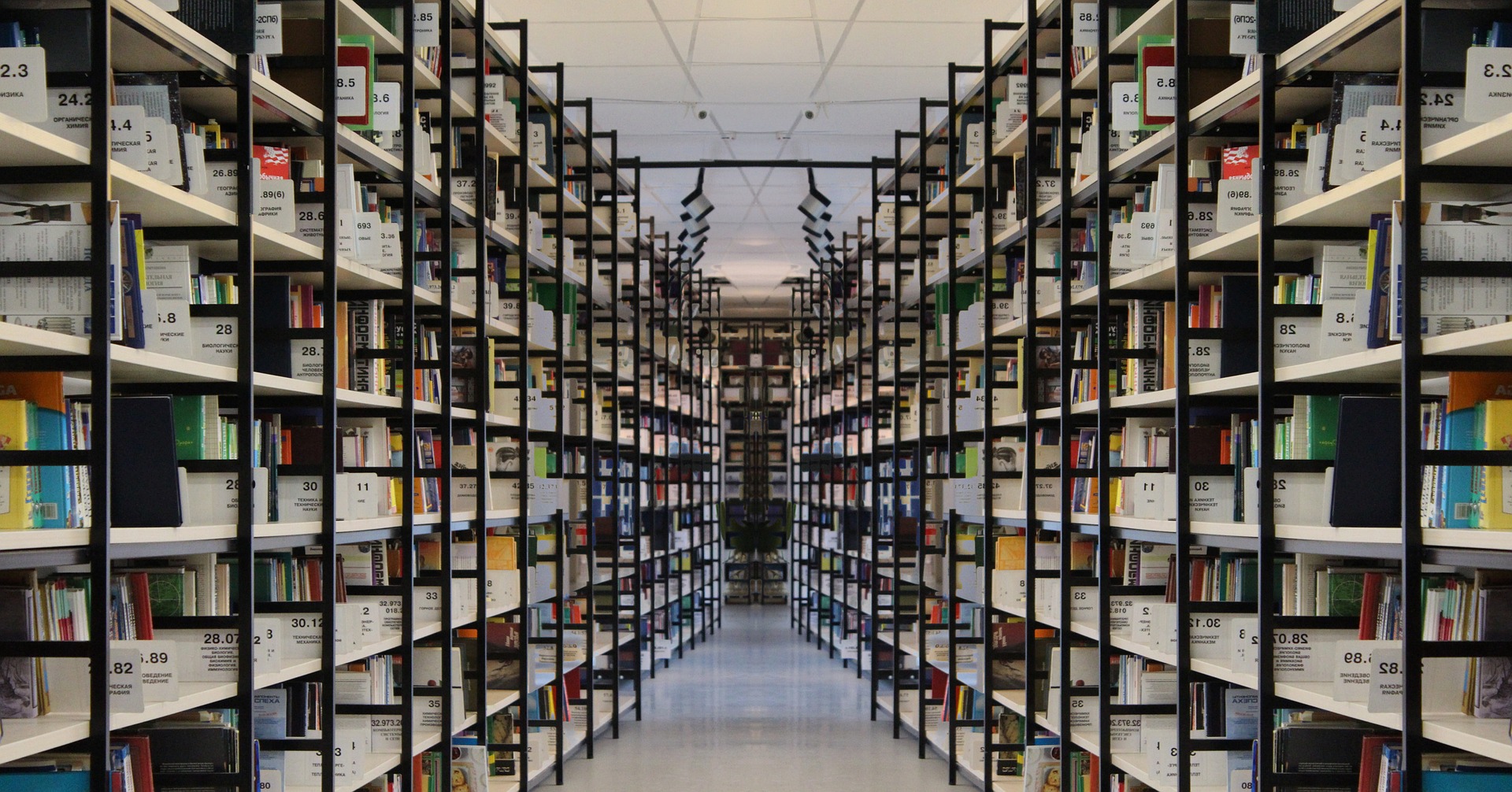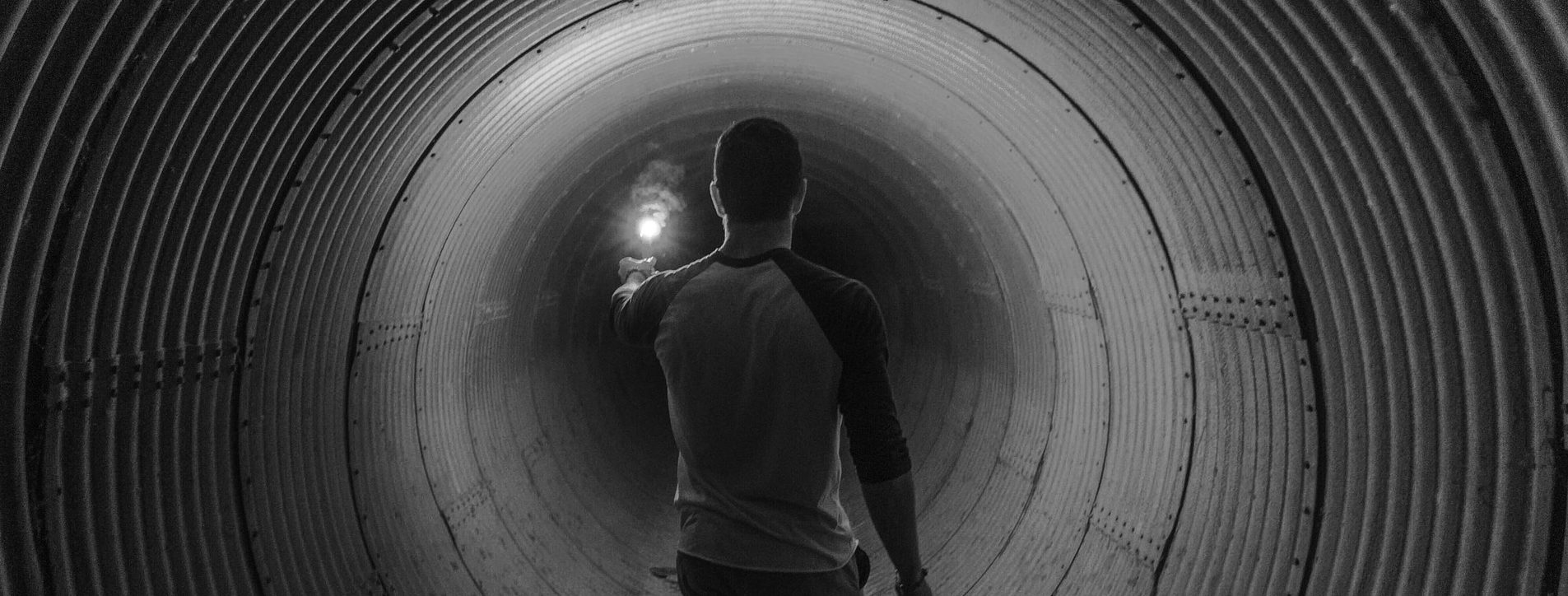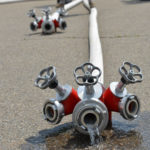In seventeenth-century England the first insurance companies found that we can avoid the risks, but we can not control them.
Today, fire is one of the most common risks insured worldwide, and companies equipped with fire-fighting systems has a better insurance (lower cost).
However, no matter how powerful is a fire suppression system, it assumes its existence: controls the fire, but only after appearance (reactive system).
In addition, material damages can not be completely eliminated, but only limited the scope of damages.
Archives, national heritage areas, server rooms – are some examples of areas with special protection.
The incident happened at data servers ING Romania is an example of interruption of activity with consequent immediate and extensive, and was triggered by fire extinguishing system simulation.
It was not available any type of operation – online, ATMs, commericial network, including imformative clients messages about the incident could not be transmitted.
“The technical problem did not put any time in threat the data and clients’ money”Ā this was the ING release and the costs associated with the incident were not made public.
What it would be te costs if a real fire would happen? Extent of damage, physical and informatic, even with existing backup system?
There are no comfortable replies even for the insurance company covering the risks.
Creating an atmosphere with reduced oxygen content in protected areas is a reliable fire prevention, because fires can not be lit!
The attached film is the demonstration: fire does not ignite in an enclosed chamber with oxygen deficiency and operator’s life is not endangered.
Any combustion requires the existence of three elements: the material fuel, heat and oxygen. Oxygen is the only element that can be influenced to control the fire.
78% of what we breathe is nitrogen, 20.9% oxygen and the rest other gases.
The reduction of oxygen – increased level of nitrogen – eliminates the occurrence of fire (prevention system).
Nitrogen is an inert gas, does not support combustion, and the creation of a controlled nitrogen atmosphere protects the goods and properties 24/7.
Prevention is always more effective – cheaper in the long term – than treatment.
Advice that is true not only in medicine!

